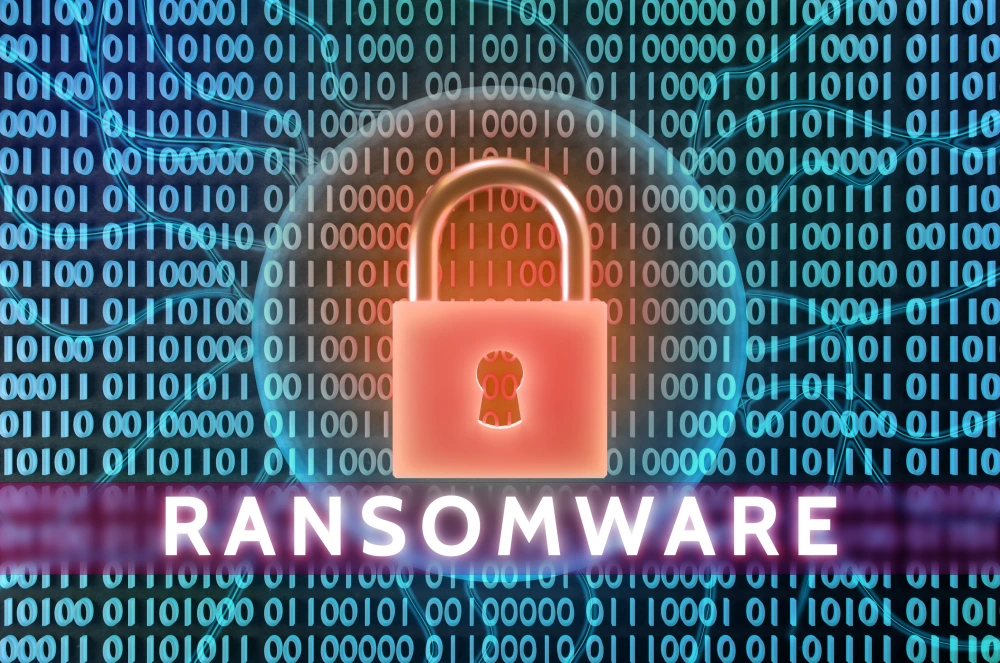Manufacturing in the Cloud: Cybersecurity Tips for a Safe Transition
As manufacturing companies embrace the cloud to enhance efficiency and innovation, the move brings its own set of cybersecurity challenges. Transitioning to cloud computing requires a strategic approach to ensure data security and system integrity. This article provides crucial cybersecurity tips for manufacturing firms moving to the cloud, ensuring a secure and seamless transition.
Understanding the Cloud Environment
Before diving into the cloud, it’s essential to understand its unique security implications. Unlike traditional on-premises environments, cloud computing involves storing and processing data on remote servers, which necessitates robust cybersecurity measures.
Key Cybersecurity Tips for a Safe Cloud Transition in Manufacturing

- Choose the Right Cloud Service Provider – Partner with a reputable cloud service provider (CSP) that understands the manufacturing sector’s specific needs. Ensure the CSP complies with industry standards and offers robust security features like Reboot, Inc.
- Data Encryption – Encrypt sensitive data both in transit and at rest. Utilize strong encryption protocols and manage encryption keys securely.
- Access Control and Identity Management – Implement strict access control policies, ensuring only authorized personnel have access to sensitive data. Use multi-factor authentication (MFA) for an added layer of security.
- Regular Security Assessments and Audits – Conduct regular security assessments to identify potential vulnerabilities in your cloud environment. Perform comprehensive audits to ensure compliance with industry regulations.
- Employee Training and Awareness – Train employees on cloud security best practices and potential risks. Foster a culture of cybersecurity awareness within the organization.
- Secure Cloud APIs and Interfaces – Ensure that all APIs and interfaces used to interact with cloud services are secure. Regularly review and update API security protocols.
- Backup and Disaster Recovery Planning – Implement a robust backup strategy for cloud-stored data. Develop and test a disaster recovery plan to minimize downtime and data loss in case of a breach.
- Monitoring and Incident Response – Continuously monitor cloud services for unusual activities or security breaches. Have a well-defined incident response plan in place to address potential security incidents promptly.
Conclusion:Transitioning to the cloud can bring significant benefits for manufacturing companies, but it’s crucial to prioritize cybersecurity during this process. By following these tips and partnering with cybersecurity experts like Reboot, Inc. and DataGuard, manufacturers can ensure a secure cloud environment that supports their business objectives.
Back to Articles/Blog



